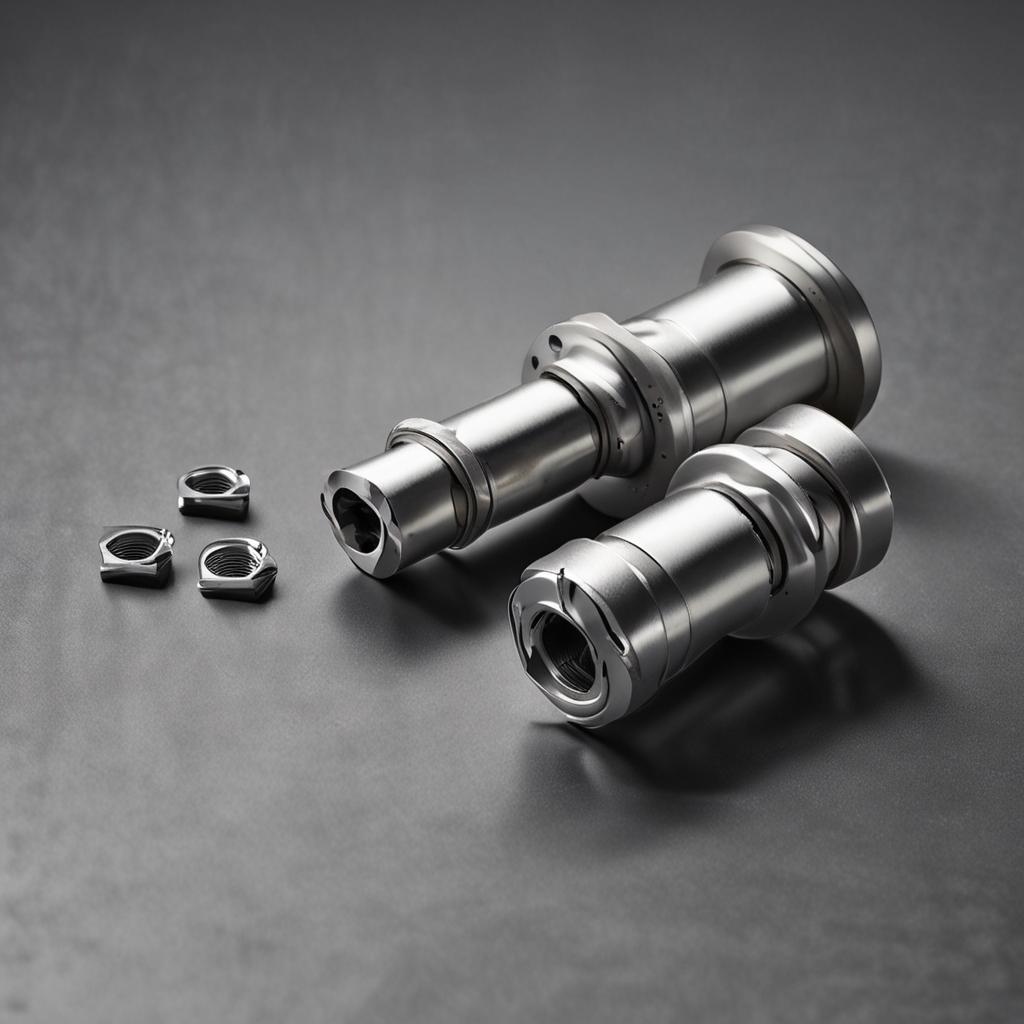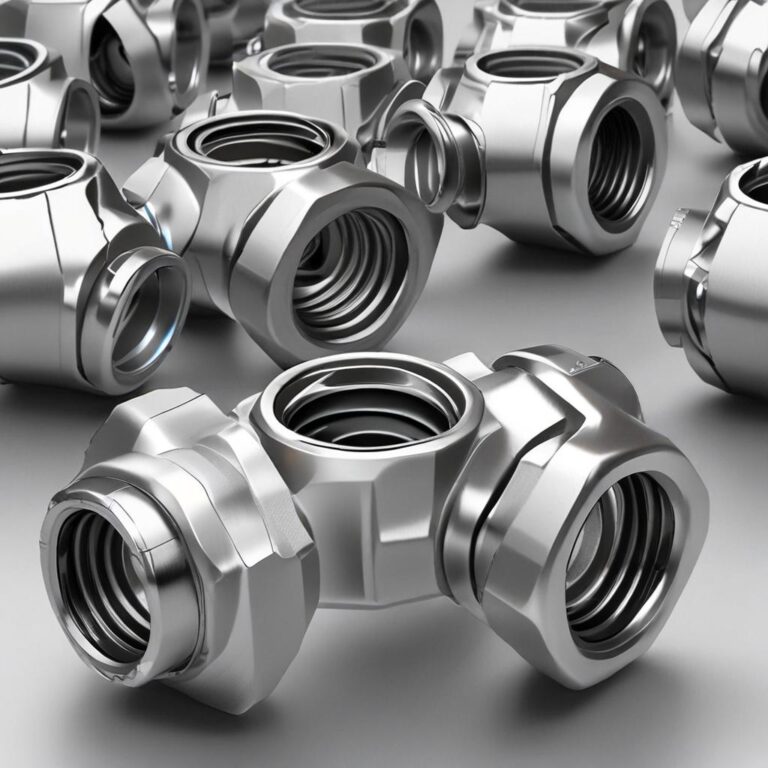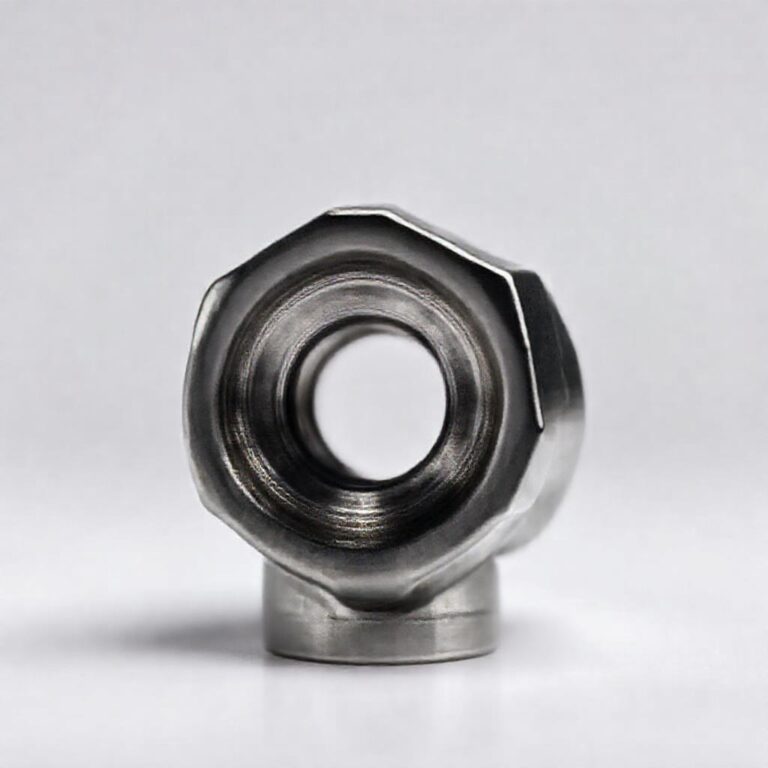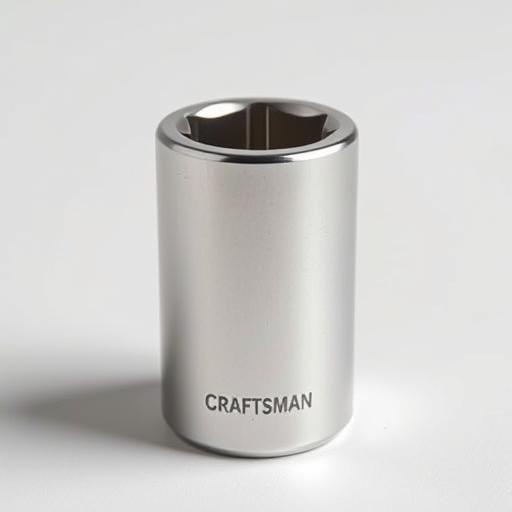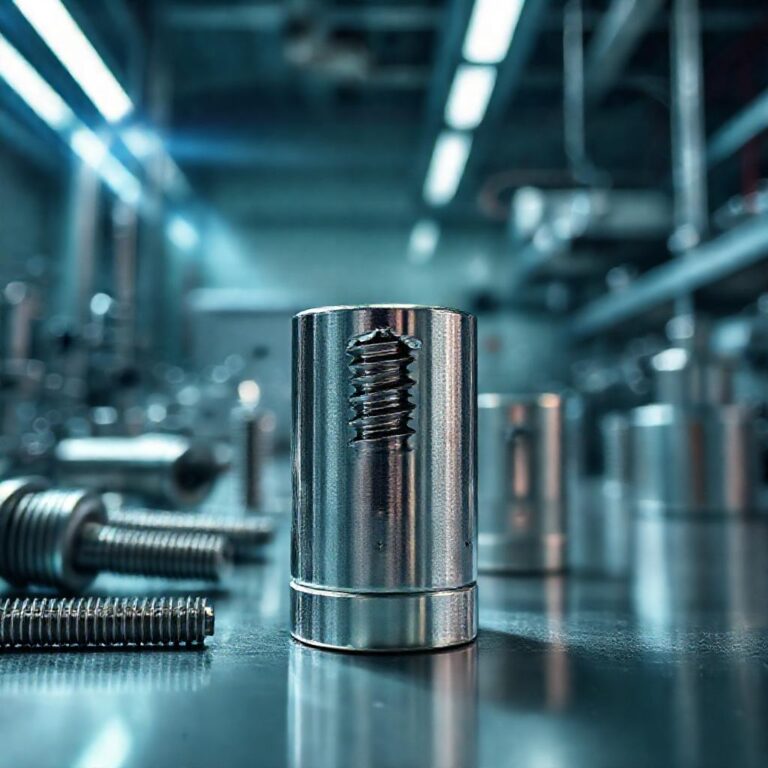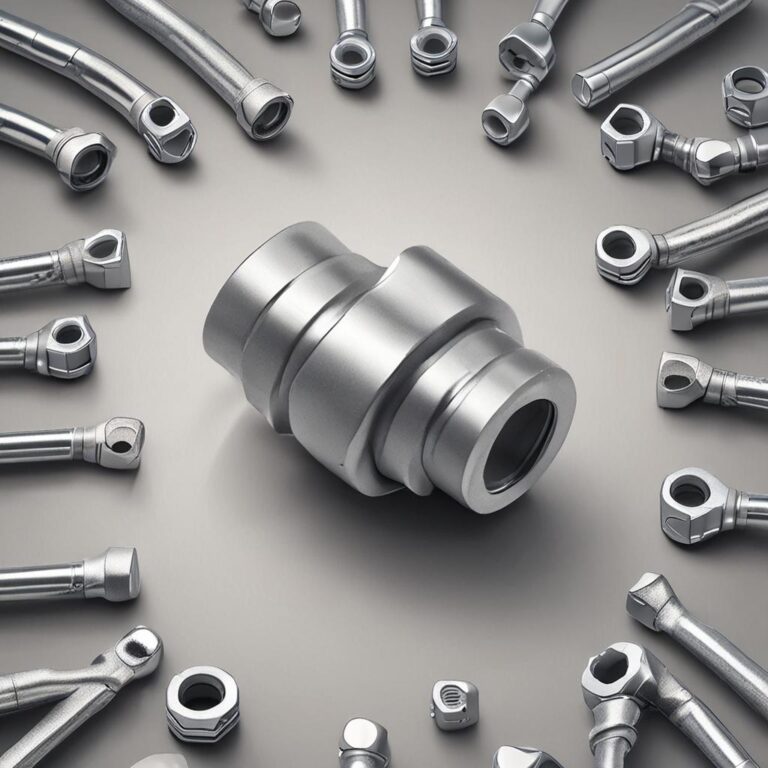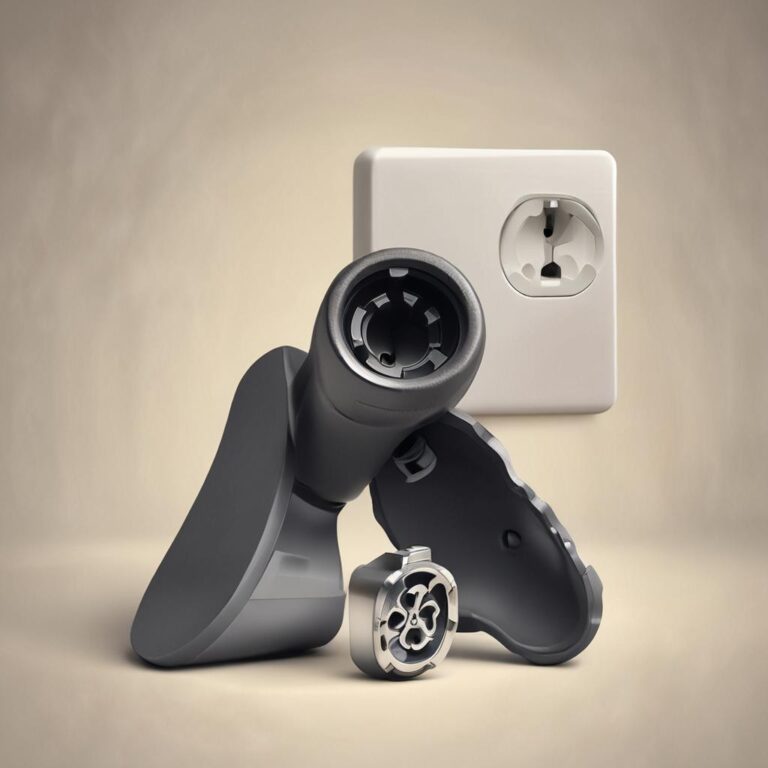Oem Vs Aftermarket U-joints – What Should You Choose?
Choosing the right U-joint for your vehicle can be a critical decision that impacts performance, safety, and long-term reliability. Whether you’re maintaining a daily driver or upgrading a performance vehicle, understanding the differences between OEM (Original Equipment Manufacturer) and aftermarket U-joints is essential. This guide breaks down the pros and cons of each option, helping you make an informed choice for your specific needs.
Step-by-Step Process
Assess Vehicle Needs
Evaluate your vehicle's usage, load, and environment.
Compare Quality
Check material durability and manufacturing standards.
Review Costs
Balance price with long-term reliability and performance.
Check Warranty
Verify coverage for both OEM and aftermarket options.
Make Informed Choice
Select based on performance, budget, and reliability.
Process infographic for Oem Vs Aftermarket U-joints – What Should You Choose?
Introduction to U-Joints and the OEM vs Aftermarket Debate
What Are U-Joints and Why Do They Matter?
Universal joints, or U-joints, are crucial components in a vehicle’s drivetrain. They transmit rotational motion between the transmission and drive axles, compensating for changes in angle and distance as the vehicle moves. Without reliable U-joints, your vehicle may experience vibrations, drivetrain binding, or even complete failure—a risk that underscores the importance of choosing high-quality parts.
The Core Question – OEM or Aftermarket?
The debate between OEM and aftermarket U-joints centers on quality, cost, and compatibility. OEM parts are identical to those originally installed by the vehicle manufacturer, offering precision and reliability. Aftermarket alternatives, however, provide cost savings and sometimes enhanced performance options. Deciding which to choose depends on your budget, vehicle usage, and long-term maintenance goals.
Understanding OEM U-Joints
Definition and Features of OEM U-Joints
OEM U-joints are manufactured to the exact specifications of the vehicle’s original equipment. These parts undergo rigorous testing to ensure they meet the manufacturer’s standards for fit, durability, and performance. Their precision engineering guarantees seamless integration with your vehicle’s drivetrain, minimizing wear and alignment issues.
Advantages of Choosing OEM U-Joints
-
Superior quality and reliability due to manufacturer testing and certifications.
-
Guaranteed fit and function for specific vehicle models, reducing installation hassles.
-
Long-term cost benefits by minimizing frequent replacements and associated labor costs.
-
Often backed by manufacturer warranties or support, ensuring peace of mind.
Disadvantages of OEM U-Joints
-
Higher price point compared to aftermarket options, which may strain budgets.
-
Limited customization or upgraded material choices, as they follow stock design.
-
Potential availability issues for older or less common vehicle models.
Exploring Aftermarket U-Joints
What Are Aftermarket U-Joints?
Aftermarket U-joints are produced by third-party manufacturers and are designed to replace OEM parts. These alternatives cater to a range of budgets and applications, from standard replacements to heavy-duty or performance-oriented versions. They often feature different materials, such as chrome moly or reinforced steel, to suit specific needs.
Benefits of Aftermarket U-Joints
-
Cost-effective, typically 30-50% cheaper than OEM parts, making them ideal for budget-conscious repairs.
-
Variety of options, including upgraded or heavy-duty versions for modified vehicles.
-
Quick availability from online or local auto parts stores, reducing downtime.
Drawbacks of Aftermarket U-Joints
-
Inconsistent quality, as some brands may not meet original design tolerances.
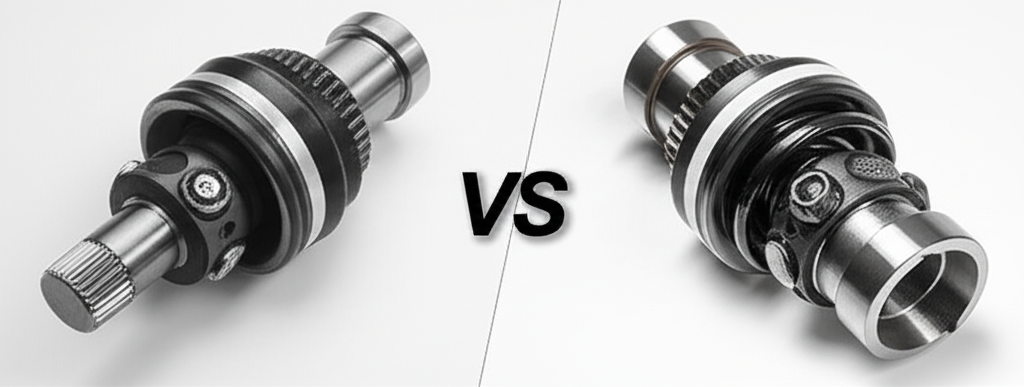
-
Potential fit or durability issues due to variations in manufacturing processes.
-
No warranty from the vehicle manufacturer, and installation may void warranties.
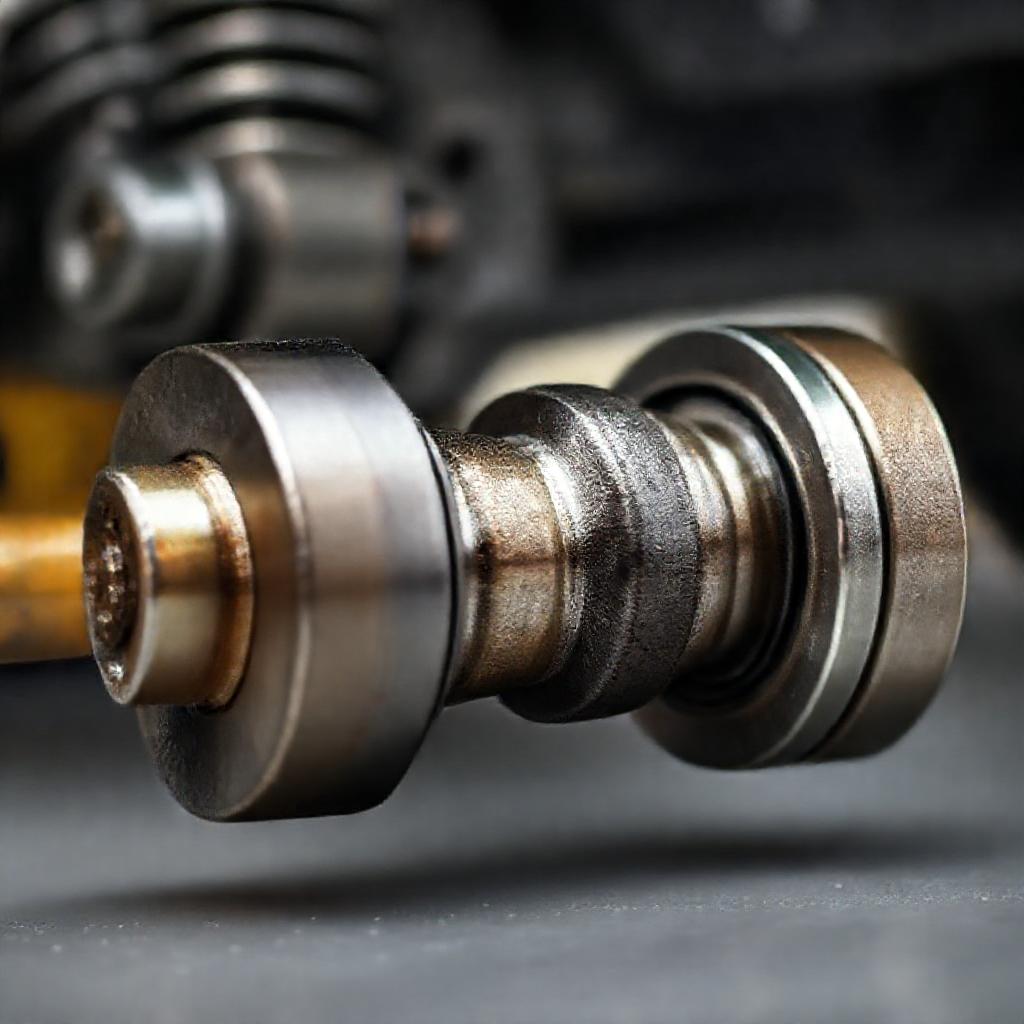
Key Considerations When Choosing Between OEM and Aftermarket U-Joints
Cost vs. Long-Term Value
While aftermarket U-joints offer immediate savings, opting for OEM parts may provide better long-term value. Cheaper aftermarket components might fail prematurely, leading to higher repair costs over time. For critical components like U-joints, investing in OEM parts can prevent costly breakdowns.
Vehicle Usage and Demands
OEM U-joints are ideal for daily drivers or high-mileage vehicles where reliability is paramount. Aftermarket alternatives, however, shine in performance applications, such as off-roading or towing, where upgraded materials enhance durability. Consider your vehicle’s intended use when making your choice.
Quality and Certification Standards
OEM parts adhere to strict certifications like API or ISO, ensuring consistent quality. Reputable aftermarket brands may also meet these standards, but research is essential. Look for customer reviews, industry recognition, and warranties to identify trustworthy manufacturers.
Warranty and Support
OEM U-joints are often backed by the vehicle manufacturer’s warranty, providing added protection. Aftermarket parts may come with their own warranties, but these are typically shorter and less comprehensive. Always check installation requirements to avoid voiding warranties.
OEM vs Aftermarket U-Joints: A Scenario-Based Comparison
Everyday Driving Needs
For standard vehicles with no modifications, OEM U-joints are the safest choice, ensuring seamless compatibility and performance. Budget-conscious drivers with low-mileage vehicles might opt for basic aftermarket models, provided they are from reputable brands.
Heavy-Duty and Performance Applications
Aftermarket U-joints with upgraded materials are ideal for trucks, towing setups, or off-road vehicles. OEM parts, however, remain the best option for vehicles under warranty or with strict safety requirements.
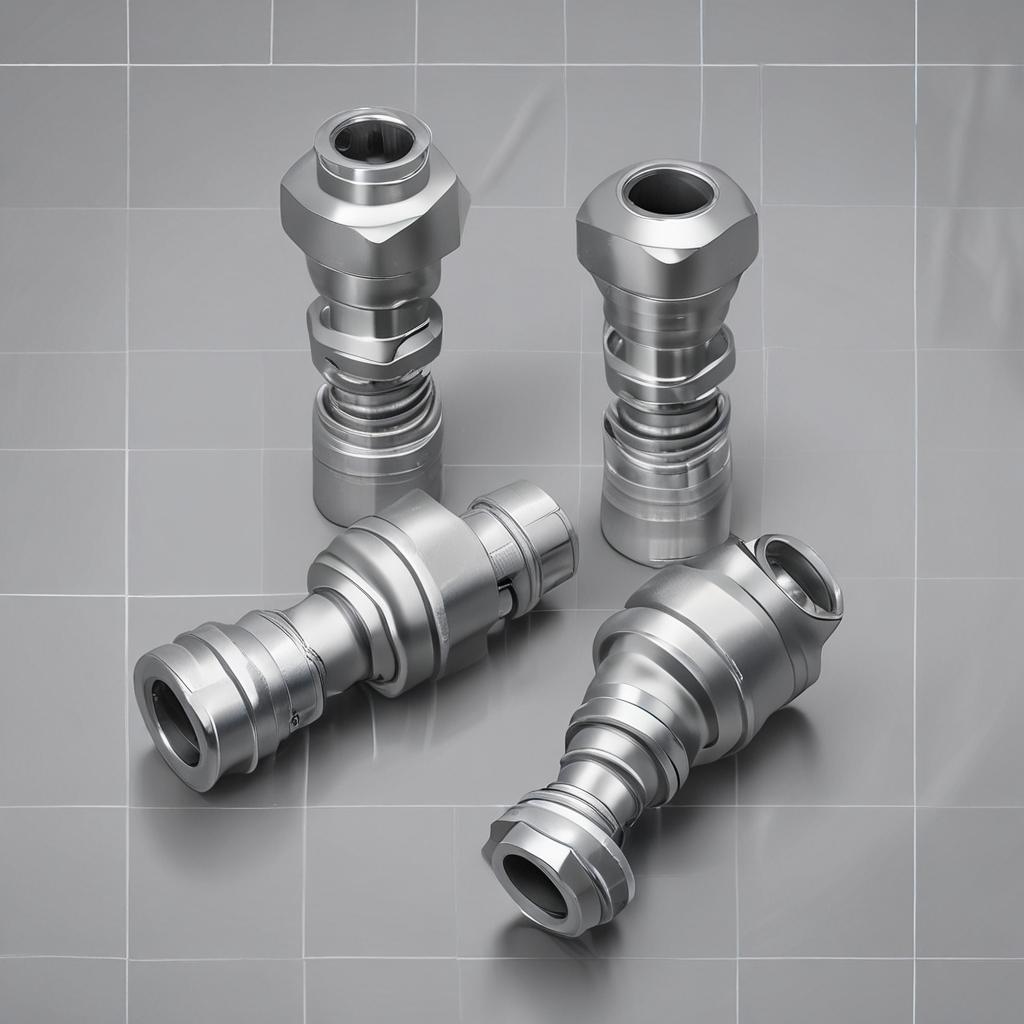
Older vs Newer Vehicles
OEM parts are often the best choice for vintage models, where precise specifications are critical. For newer vehicles, aftermarket options are widely available and may offer comparable quality at a lower cost.
How to Decide: A Step-by-Step Checklist
Step 1 – Assess Your Budget
Determine whether cost is your primary concern or if long-term value is more important. Allocate funds accordingly, prioritizing OEM parts for safety-critical systems.
Step 2 – Check Vehicle Specifications
Consult repair manuals or mechanics to confirm part compatibility. Verify OEM part numbers or aftermarket equivalents to avoid fitment issues.
Step 3 – Prioritize Performance and Safety
OEM parts are essential for safety-critical systems, such as rear-wheel drive vehicles. Aftermarket options are better suited for performance upgrades or modified builds.
Step 4 – Evaluate Warranty and Support
Compare OEM warranties with aftermarket guarantees. Professional installation may be necessary for higher-risk parts to maintain warranty coverage.
Step 5 – Research Brand Reputation
Use trusted sources like manufacturer websites or forums to vet aftermarket brands. Avoid unbranded or low-cost products with minimal reviews.
Conclusion – Making the Right Choice for Your Vehicle
The choice between OEM and aftermarket U-joints depends on your vehicle’s needs, budget, and long-term goals. OEM parts offer unmatched reliability and compatibility, making them ideal for stock vehicles. Aftermarket alternatives provide affordability and flexibility, especially for performance builds. By weighing cost, quality, and application, you can make a decision that keeps your vehicle running smoothly and safely. For uncertain cases, consulting a professional mechanic is always a wise step.
FAQs About OEM and Aftermarket U-Joints
1. Are OEM U-Joints Always Better Than Aftermarket?
OEM parts are generally more reliable due to stringent manufacturing standards, but high-quality aftermarket options from reputable brands can match their performance.
2. How Much Do OEM U-Joints Cost Compared to Aftermarket?
OEM U-joints typically cost 2-3 times more than aftermarket alternatives, but the long-term value often justifies the investment.
3. Can Aftermarket U-Joints Be Just as Durable?
Yes, aftermarket U-joints from trusted manufacturers can offer comparable durability, especially those made with premium materials like chrome moly steel.
4. When Is It Better to Opt for Aftermarket U-Joints?
Aftermarket U-joints are ideal for budget repairs, performance upgrades, or when OEM parts are difficult to find.
5. Where Should I Buy OEM vs Aftermarket U-Joints?
OEM parts should be purchased from authorized dealers to ensure authenticity. Aftermarket options can be sourced from trusted retailers or specialty shops with strong reputations.

